Have you ever wondered why some people say cilantro tastes like soap to them? Well, it’s because of genetics!
Genetics is the study of how genes (traits) that control things like taste or smell, eye color, and height are passed down from one generation of a species to the next.
Your teacher may have helped you learn about these terms through fun activities like identifying strong versus weak genes in your peers.
From eye color to hair texture, these are some of the genes you probably observed in your peers. You may have also found out about less obvious genes in some of your classmates like lactose intolerance or color blindness.
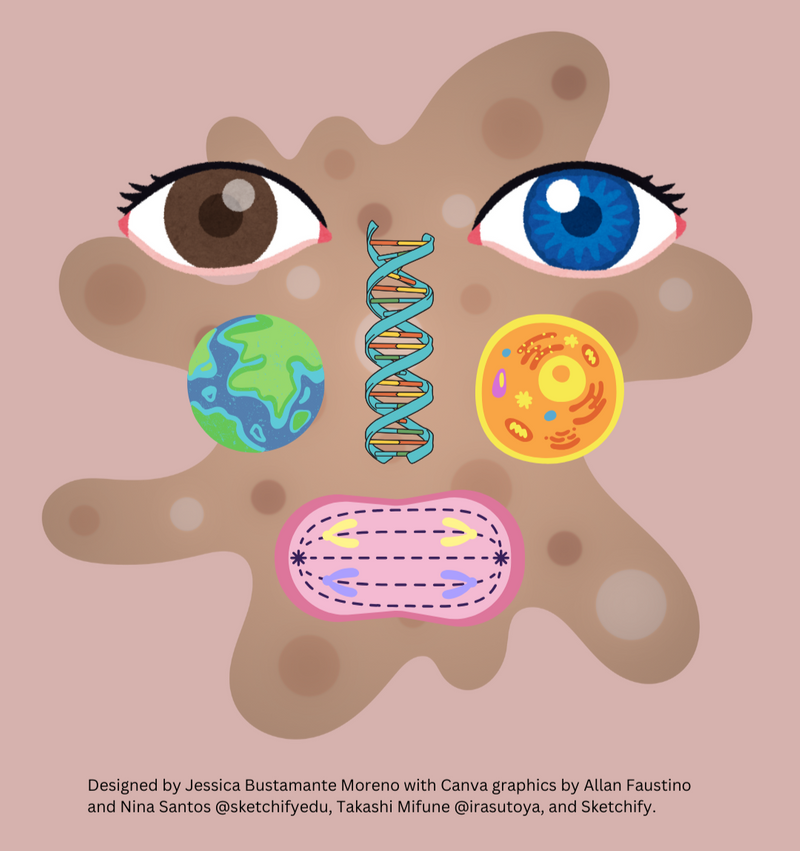
Learning about genetics is incredibly fascinating. Genetics helps us know how species change over time and why. It can also help us appreciate our similarities and differences as living beings.
So, if you’ve got the basics down, go a step further and learn about the difference between gene flow and genetic drift.
What’s Genetic Drift?
Genetic drift happens when some genes become more or less common in a population simply by chance.
For example, imagine you have a jar full of colorful marbles. If you put your hand in the jar to grab a handful of the marbles, you might grab more yellow marbles than any other color simply by chance. Now, replace the marbles with genes and you have genetic drift!

What’s Gene Flow?
Gene flow happens when genes move from one population to another. This happens when individuals from different populations interact or reproduce.
Pretend you’re an explorer and discover two beautiful islands near each other. One island has birds with red feathers. The other island has birds with blue feathers. One day, a red bird decides to fly to the island with blue birds to mate. This results in a baby bird with red and blue feathers. This is gene flow!
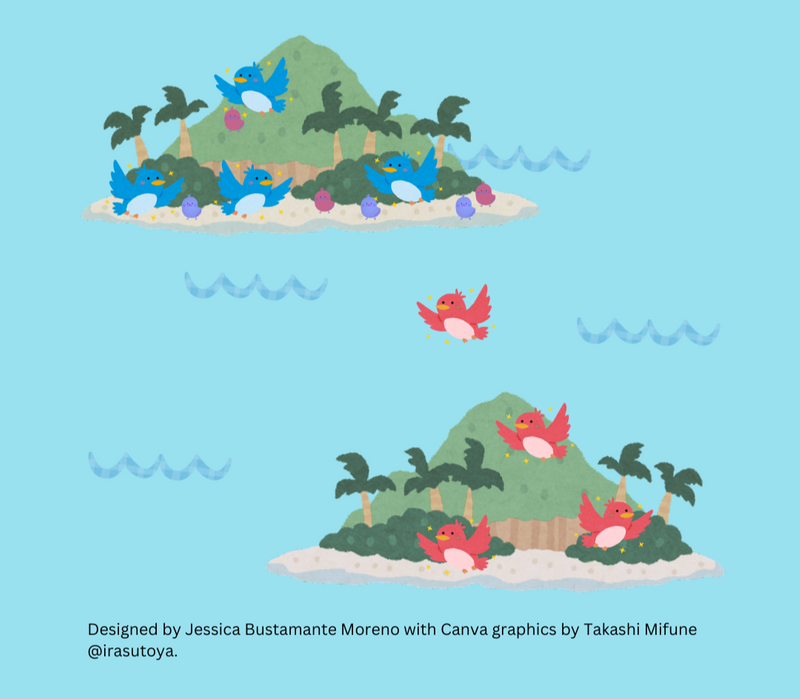
Recap
Let's review the difference between gene flow and genetic drift:
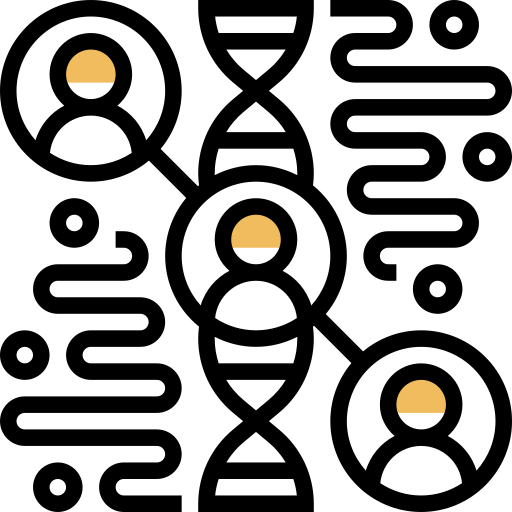
Genetic Drift
Gene changes happen by chance
Mostly affects small populations
Can cause one trait to become more or less common
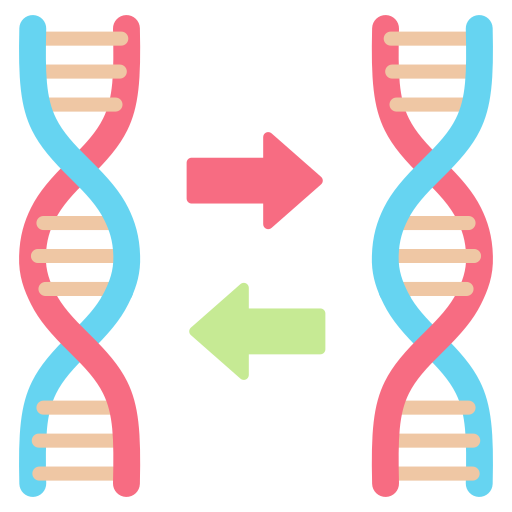
Gene Flow
Gene changes happen when individuals from different groups mix
Affects any population size
Keeps things more similar
Do You Know the Difference?
 A. Rabbits
A. Rabbits
A small population of rabbits has a mix of brown and white rabbits. Sadly, a flood washed away a group of the rabbits. The rabbits that remain all have brown fur.
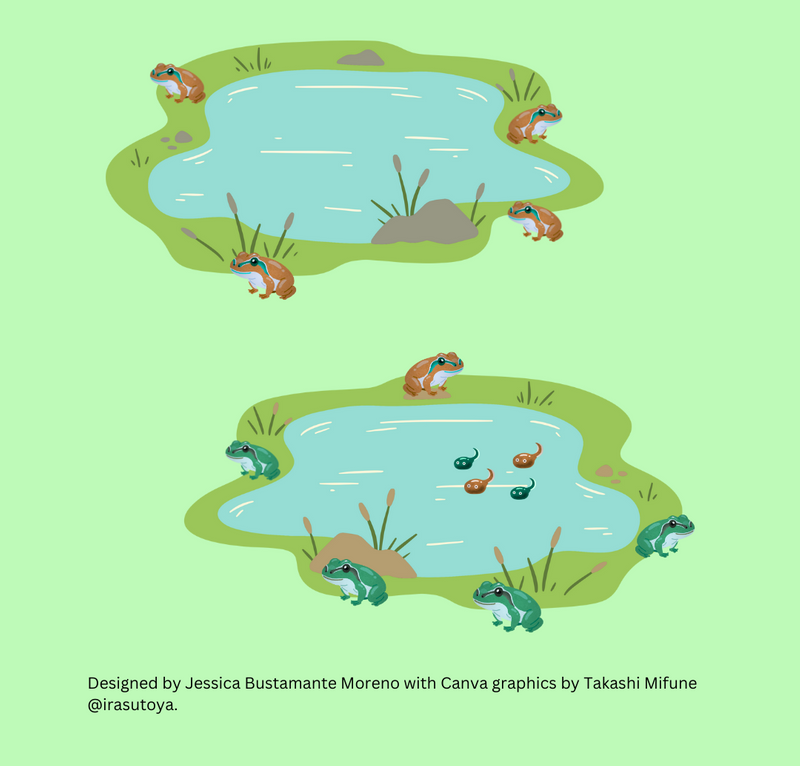 B. Frogs
B. Frogs
A population of frogs hops from one lake to another lake that already has a different population of frogs. The frogs mate and produce tadpoles.
Quiz
Which is an example of gene flow?
Take Action
Knowing the difference between gene flow and genetic driftisn't just important for biology class — it's important to understanding life in general! That's because learning about genetics can help us appreciate our similarities and differences as living beings even more.
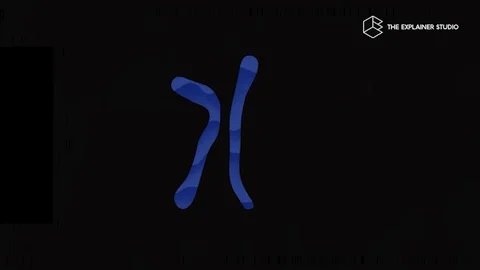
So, go out there and have fun learning more about genetics!
Your feedback matters to us.
This Byte helped me better understand the topic.
